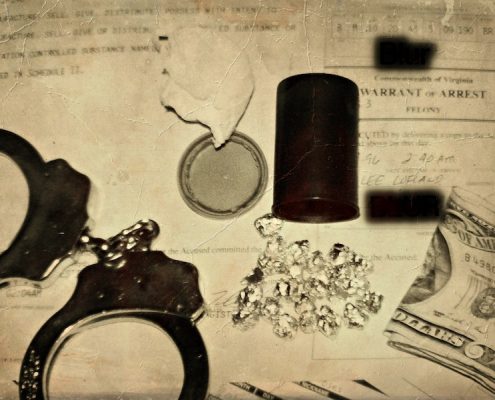It’s Wormhole Thursday, a time to journey back to a time before TASERS and prior to the CSI Effect.
It’s memories of what it was like to be a cop way “back in the day” and I share this with you for two reasons. One: The information contained within are details that could add that extra touch of realism that’s sometimes missing in a crime story. Two: To help those not involved in the real world of coppers better understand that cops are more than just someone in uniform who writes traffic tickets and locks up the bad guys.
So please join me as we wander into the Thursday Wormhole. Oh, and please keep your hands and feet inside at all times. We’re approaching Halloween and you never know what or who is lurking out there in the shadows.
Sheriff’s Office
First, a bit about the office of sheriff. Sheriff’s are elected officials and they’re like the CEOs of their departments. Most operate under a county government. However, a few cities also have sheriffs which, I believe, occurs mostly in Virginia where some cities are legally not a part of the county that surrounds them. The law there states that only a sheriff may serve civil process (jury summons, divorce papers, lien notices, etc.), meaning a sheriff is needed in those locations since, by law, a police department may not serve those papers.
Wearing “the Star”
I worked as a patrol deputy, riding county roads doing double-duty, as we all did, serving civil papers between answering criminal complaints and keeping our eyes open for bad folks doing bad things. In our “spare time” we investigated crimes resulting from those complaints. There were no detectives. Our sheriff didn’t believe in having them, just like he didn’t believe that female deputies should carry guns. In fact, our department didn’t have women working the roads. Not a single female deputy was a sworn police officer. There were female jailers, of course, because our jail, like others, housed women prisoners. We also had female dispatchers.
It was a requirement that all jailers/corrections officers were certified to carry firearms, and they received training at the range. The women who worked in our department also received the training (had to to become certified jailers), but when the training was completed the she sheriff made them turn in their weapons.
In Black and White
Our shifts were divided by race. White deputies were assigned mostly to work with other white deputies, and African American deputies were assigned to work with African American deputies. I was the exception to the rule. I was a crossover deputy. The sheriff called me into his office one day to tell me he was trying the experiment of mixing us (yes, he actually said this) and he thought I had the personality to get along with everyone. Well, duh …
Anyway, that’s the flavor of how it was during the early days of my career in law enforcement. Obviously, things changed over the years, but gradually. This was the South and change and progress in many areas there were slow to come, especially within the sheriff’s office.
Moving Ahead to 1984
August 25, 1984. 2330 hours (11:30 p.m.)
I tucked my daughter in bed for the night and told the overnight sitter I’d see her in the morning, and to call my office if she needed anything. Someone there, I said, would contact me by radio to relay the message. And, if I wasn’t in one of the many “dead spots” in the county I’d respond right away. Then I headed out the front door and to my patrol car, a brown and tan sheriff’s vehicle with a red light bar on top and a long whip antenna that frequently struck and trimmed low hanging branches and leaves from the trees that lined some country roads.
I’d repeat my message to the sitter message each time I worked the night shift. Thankfully, the sheriff understood that I was single dad raising a daughter, so I was fortunate in that I worked mostly day shifts. But, nights were a part of the job so I rolled with the punches.
My attire for the evening, as always, was the standard dark brown shirt, khaki-colored pants, shoes shined until they looked like polished mahogany, a straw campaign hat, a deep brown basketweave-patterned gun belt that held a Smith and Wesson .357 with a 6-inch barrel, a pair of Peerless handcuffs, and two dump pouches that contained a few extra rounds of hollow point ammunition. And a Maglite.
My left rear pocket was weighted slightly by the spring-handled lead and leather SAP I’d slipped inside just prior to leaving my bedroom. It was my secret weapon in the event someone got the best of me and there was no other way to survive the encounter.
This was any and every night back in the late 70s and early 80s. We weren’t issued vests, semi-autos, shotguns, TASERS, or chemical sprays of any type. There were no cages/partitions in our cars either, meaning we’d have to place the crooks in the front passenger seat and, as a result, when we arrested an unruly suspect we’d often have to wrestle with them, while driving, all the way to the jail. On more than one occasion, simply for a bit of relief, I handcuffed the guy to the bracket that held the carseat to the floorboard.
Other times I’d call for backup and that poor deputy would have to ride in the backseat and tussle with the a-holes until we arrived at the jail.
Some of us kept a baseball bat tucked between the driver’s seat and door, in that narrow space on the floorboard. It’s purpose was to equal the odds a bit when facing a group of people who were hellbent on bashing in the brains of a solo deputy. To paint a better picture, imagine yourself facing a crowd of 100 drunk people in a nightclub parking lot who’re in the midst of fighting, cutting, stabbing, and shooting and it’s your job to break it up. Then many of them decide it’s time to attack the cop and that cop is you and you’re the only cop there. Yes, a baseball bat came in handy, believe me.
We were required to wear the Smokey Bear campaign hats any time we were outdoors. If the boss drove by a traffic stop and the deputy’s head was bare, well, there was a good chance by afternoon he’d no longer be a deputy. And you’d as soon be caught dead as to have your photo appear in a newspaper story without the hat perched atop your dome. Goodness, NO!
The same was true about the shine on our shoes, and that meant after rolling in a mud hole with a dangerous suspect, trying to handcuff him while he constantly punched, kicked, and bit you, well, the moment you were once again upright you’d best be wiping away the mud from your shoes and buffing them back to a glossy shine. Otherwise, you risked being sent home for good.
As I briefly mentioned above, there were several radio dead spots throughout the county. In those areas calling for backup was absolutely impossible. Remember, cell phones weren’t around back then. Therefore, we answered dangerous calls there with the mindset that we’d do whatever it took to come back. It was a bit like entering the Twilight Zone.
It’s not a good feeling to respond to a murder scene, knowing the killer was last seen entering a dark and big old abandoned building, knowing you’ve got to go in to get the guy, alone. Just you, your revolver, a Maglite, and a heart that’s jackhammering against the inside of your chest wall.
To make things worse, those were often the areas inhabited by people who loved to make and guzzle moonshine, fight the police, and who didn’t mind spending a few nights in a jail if it meant getting in a few good punches on a cop’s face.
Neighbors were no help to us either, because many of them enjoyed seeing a good brawl, scuffles that sometimes included being bitten by dogs of questionable intelligence who were defending their owners with every tooth in their snarling mouths.
Wives and shoeless and shirtless kids also liked to dive on the “beat-a-cop” pile.
The good neighbors, well, most of those folks didn’t own a phone so they were useless when it came to calling for help. They’d have to get in a car, if they owned one, and drive to the home of the nearest neighbor who had a “telly-phone.” Sometimes the closest phone was a located many miles away inside a country store, the places where large jars of pickled pigs feet and eggs sat on plywood counters near the old-timey cash registers, just a few feet from potbelly stove.
Somehow, and it’s difficult to fathom how, we’d almost always come out on top and bring in the person we’d gone out to get. And, sometimes we’d bring back an extra man or woman, depending upon how badly they’d beaten us.
Then, after tucking the offenders away in a nice warm jail cell and at shift’s end, I’d drive home facing a rising sun.

After parking my car and signing off for the day, I’d open my front door, thank the babysitter, pack my sweet little girl’s lunch, usually a peanut butter grape jelly sandwich (her favorite), and then watch her run to meet the bus and her little friends. She never failed to grab a seat at the window so she could toss me a kiss and a wave goodbye.
Me? Well, I had shoes to polish and uniforms to wash, and a warm, soft bed and pillow waiting for me whenever I was ready to … zzzzzzzzzzzzzzz
More about the office of sheriff.
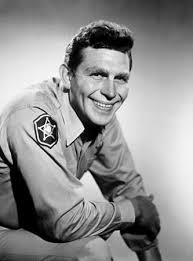
The duties of a county (or city) sheriff differ a bit than those of a police chief. In fact, not all sheriffs are responsible for street-type law enforcement, such as patrol.
In many areas the sheriff is the highest ranking law enforcement officer in the county.
Remember, this information may vary somewhat from one jurisdiction to another.
Who is a sheriff?
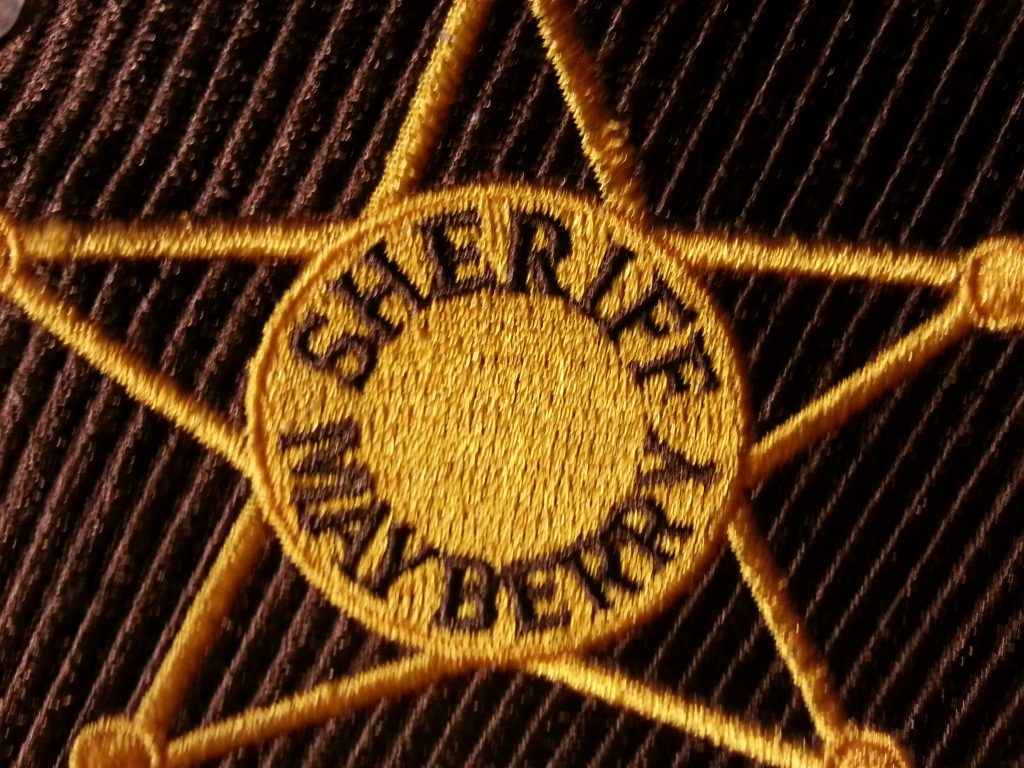
1) Sheriffs are constitutional officers, meaning they are elected into office by popular vote.
2) Generally, sheriffs do not have a supervisor. They don’t answer to a board of supervisors, commissioners, or a county administrator. However, any extra funding that’s not mandated by law is controlled by county government.
Sheriffs are responsible for:
1) Executing and returning process, meaning they serve all civil papers, such as divorce papers, eviction notices, lien notices, etc. They must also return a copy of the executed paperwork to the clerk of court.
2) Attending and protecting all court proceedings within the jurisdiction.
– A sheriff appoints deputies to assist with the various duties.
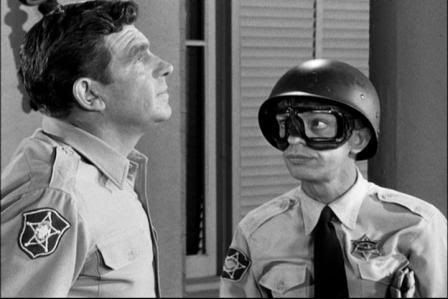
3) Preserve order at public polling places.
4) Publish announcements regarding sale of foreclosed property. The sheriff is also responsible for conducting public auctions of foreclosed property.
5) Serving eviction notices. The sheriff must sometimes forcibly remove tenants and their property from their homes or businesses. I’ve known sheriffs who use jail inmates (supervised by deputies) to haul property from houses out to the street.
6) Maintain the county jail and transport prisoners to and from court. The sheriff is also responsible for transporting county prisoners to state prison after they’re been sentenced by the court.
7) In many, if not most, areas the sheriff is responsible for all law enforcement of their jurisdiction. Some towns do not have police departments, but all jurisdictions (with the exception of Alaska, Hawaii, and Connecticut) must have a sheriff’s office.
8) Sheriffs in the state of Delaware, our new home, do not have police powers.
9) In California, some sheriffs also serve as coroner of their counties.

10) In the majority of jurisdictions, sheriffs and their deputies have arrest powers in all areas of the county where they were elected, including all cities, towns, and villages located within the county.
*In most locations, deputies serve at the pleasure of the sheriff, meaning they can be dismissed from duty without cause or reason. Remember, in most areas, but not all, deputies are appointed by the sheriff, not hired.
The above list is not all inclusive. Sheriffs and deputies are responsible for duties in addition to those listed here.

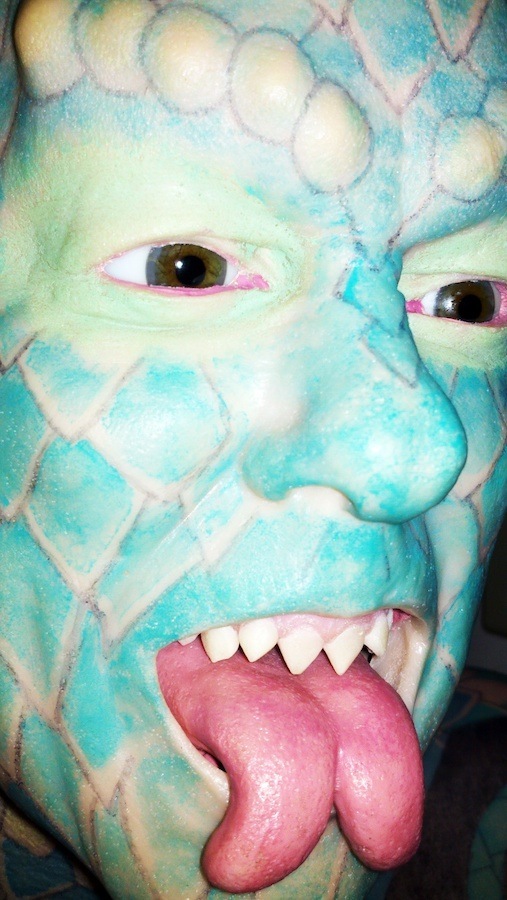
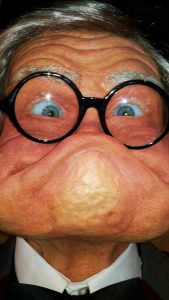 Keep an eye on the registered sex offenders in your area. They aren’t allowed to pass out candy. They shouldn’t be opening the door for any kids. And they shouldn’t have Halloween decorations displayed in their yard or on the house. Pay them a pre-Halloween visit to remind them of their court-ordered restrictions.
Keep an eye on the registered sex offenders in your area. They aren’t allowed to pass out candy. They shouldn’t be opening the door for any kids. And they shouldn’t have Halloween decorations displayed in their yard or on the house. Pay them a pre-Halloween visit to remind them of their court-ordered restrictions.



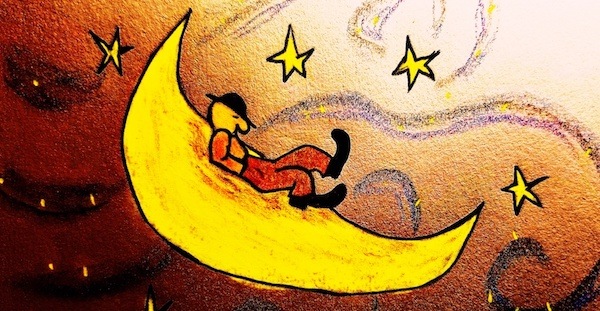
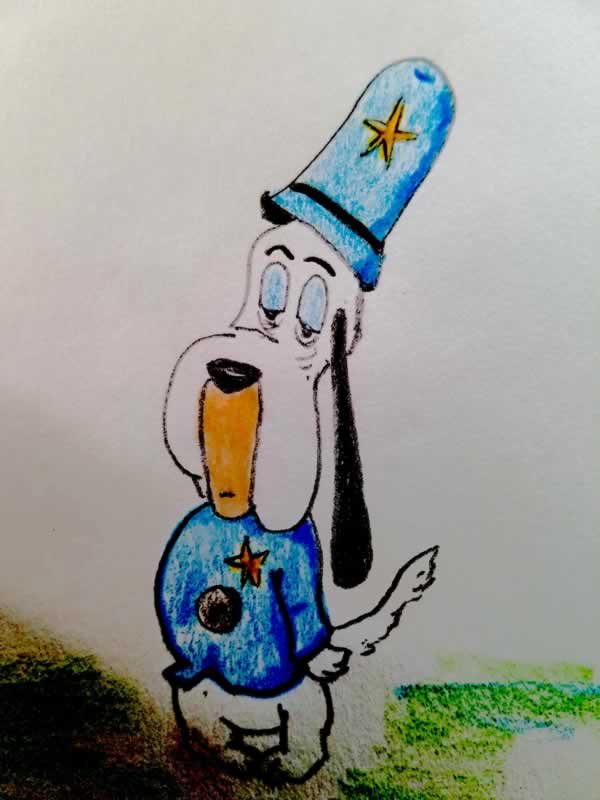
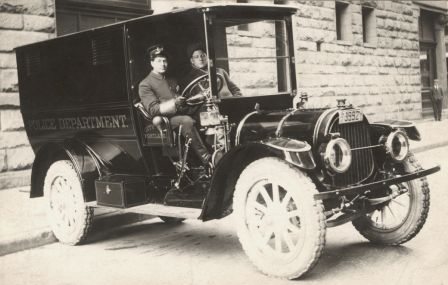
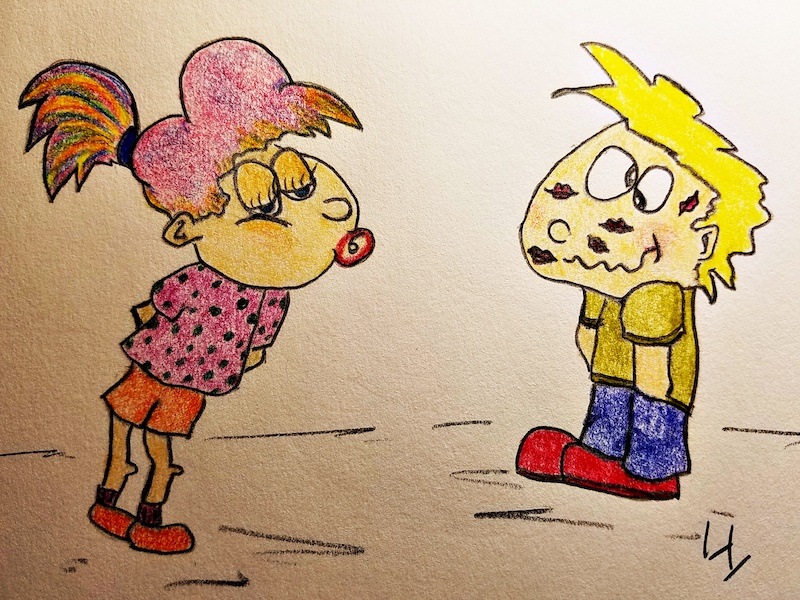

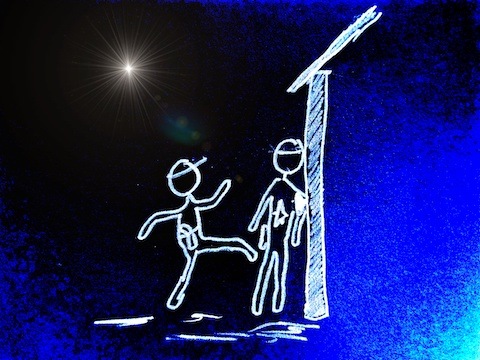

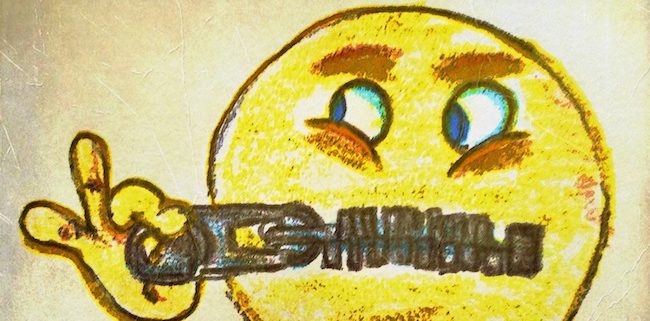

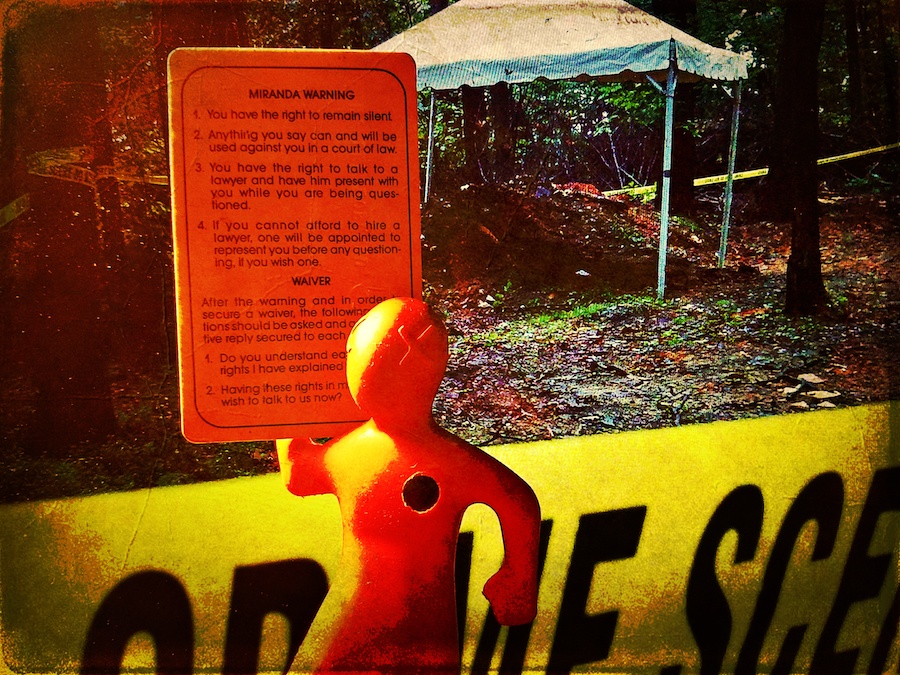
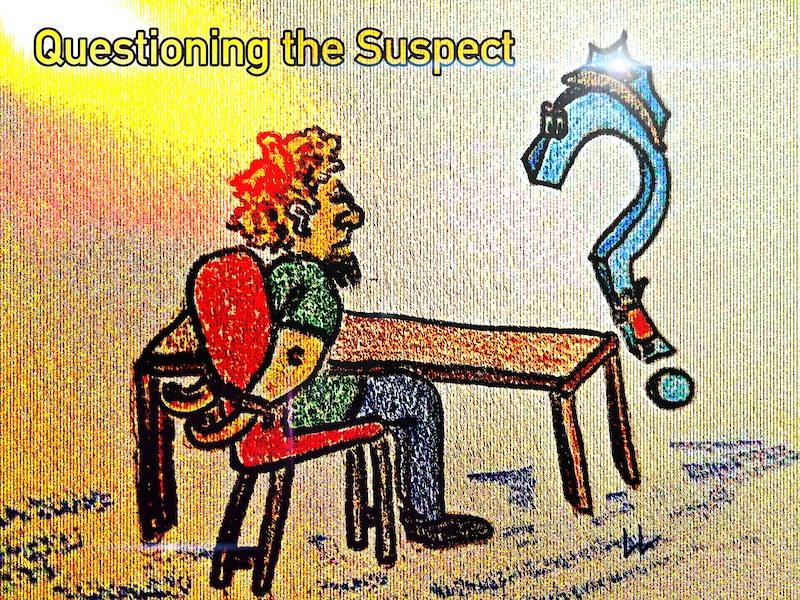
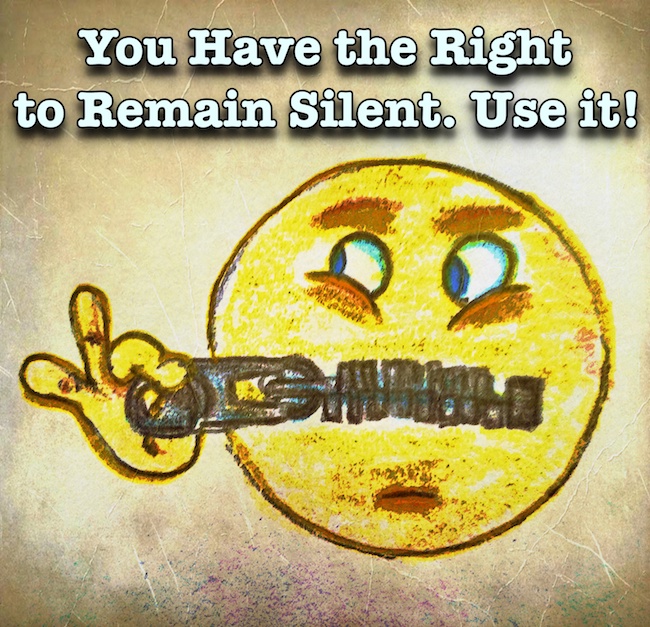
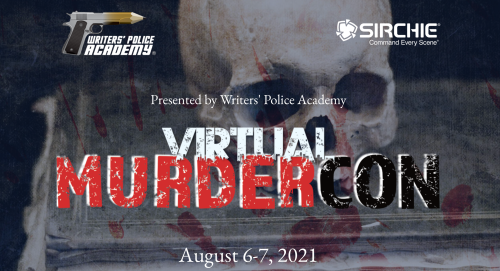


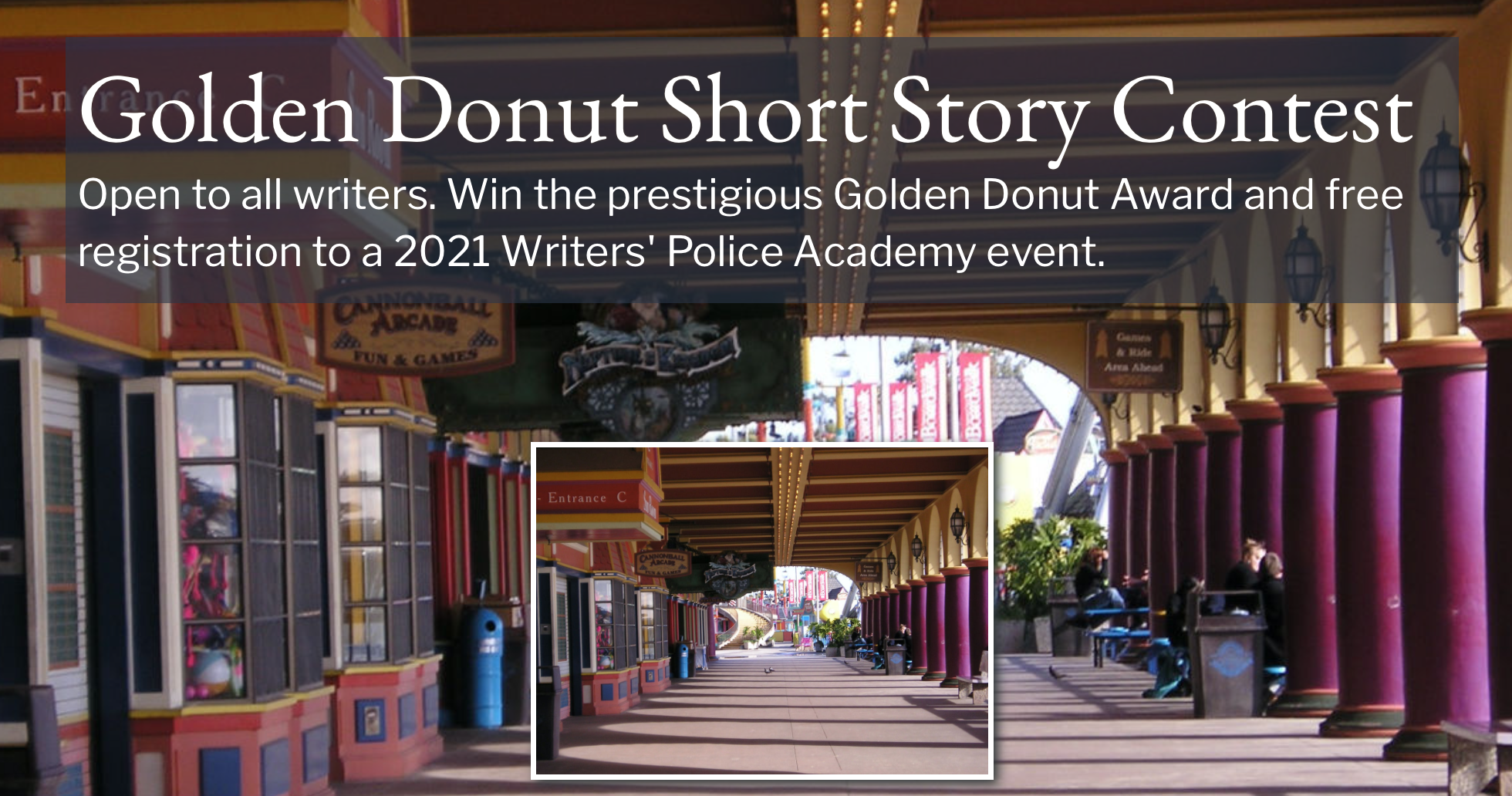
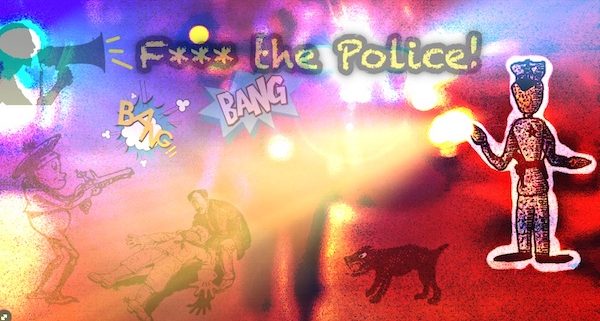
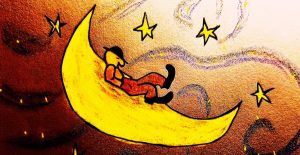 Dispatchers drone on like robots … “Robbery at …” “Wife says husband hit her …” “Lost child …” “Possible drug overdose at …” “Loud music at …” “Peeping Tom at …” “Customer refuses to pay at …” Shoplifter at …” “Dead body in river …” Dead body in park …” “Shots fired …” “Shots fired …” “Man stabbed at …” Shots fired …”
Dispatchers drone on like robots … “Robbery at …” “Wife says husband hit her …” “Lost child …” “Possible drug overdose at …” “Loud music at …” “Peeping Tom at …” “Customer refuses to pay at …” Shoplifter at …” “Dead body in river …” Dead body in park …” “Shots fired …” “Shots fired …” “Man stabbed at …” Shots fired …”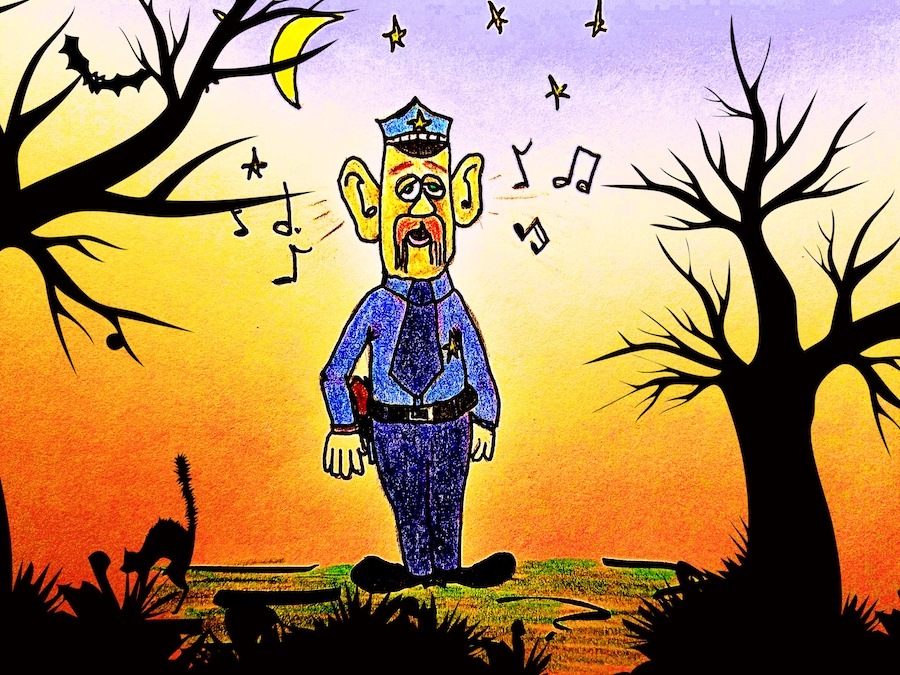
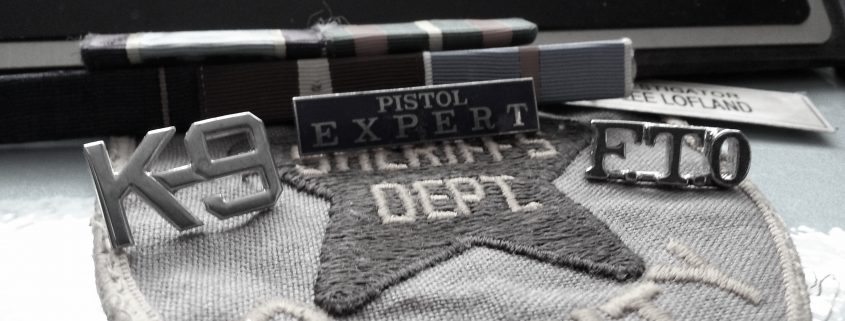




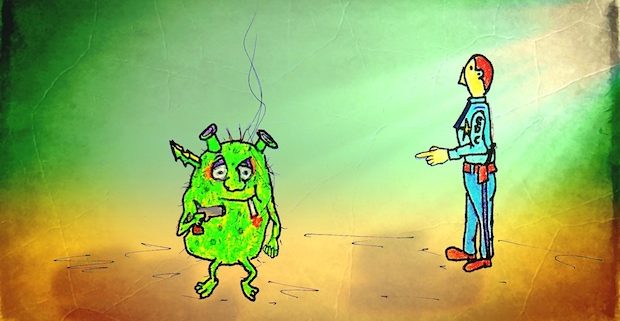
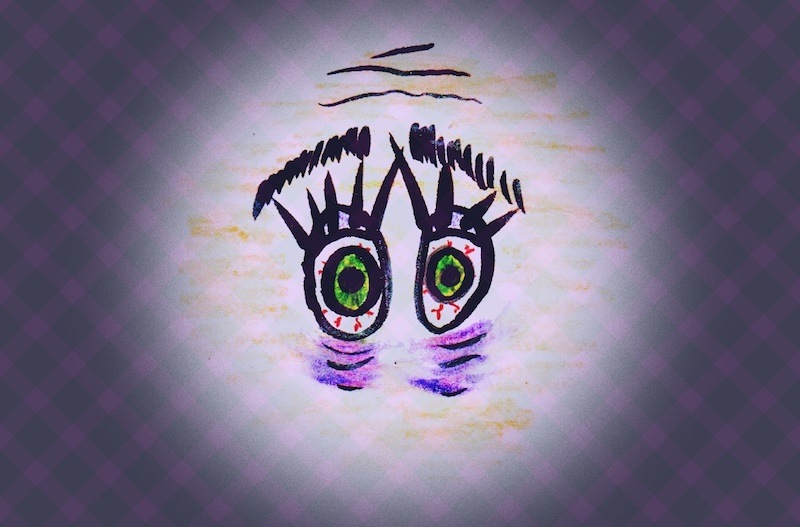
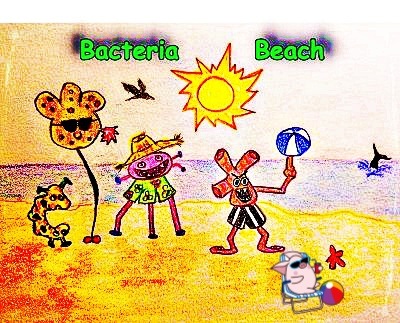

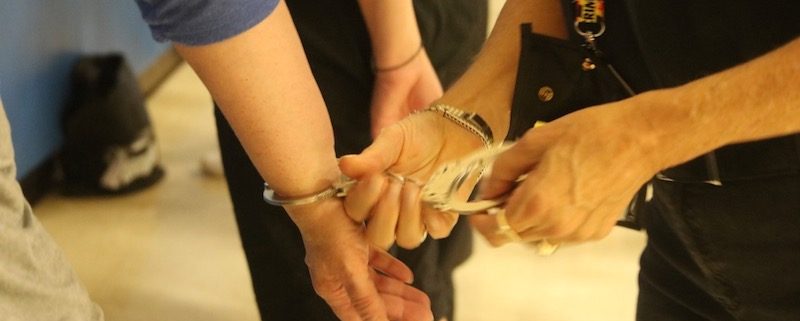
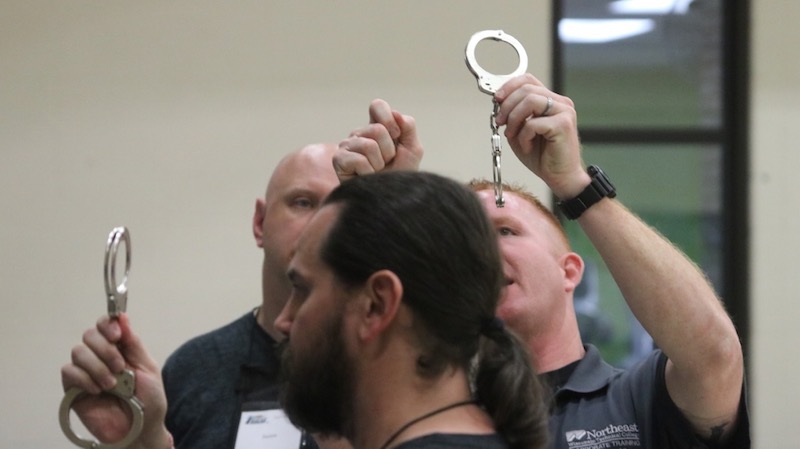
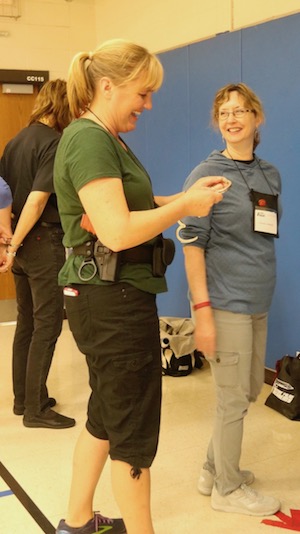


 Well, they just don’t make police hats that small, so Pat borrowed one from a fellow classmate, looking like a kid playing dress-up in adult clothing.
Well, they just don’t make police hats that small, so Pat borrowed one from a fellow classmate, looking like a kid playing dress-up in adult clothing. According to bystanders, who, by the way, called 911 to report an officer needing assistance, the child was absolutely beating the tar out of Pat. One witness told responding officers that Pat resembled one of those blow-up clown punching bags that pops back upright after each blow.
According to bystanders, who, by the way, called 911 to report an officer needing assistance, the child was absolutely beating the tar out of Pat. One witness told responding officers that Pat resembled one of those blow-up clown punching bags that pops back upright after each blow.

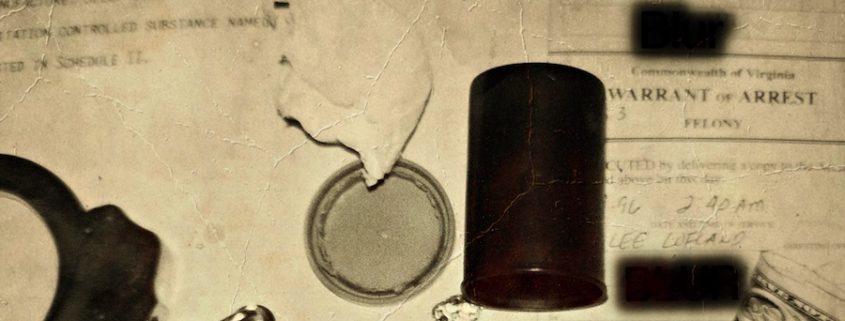
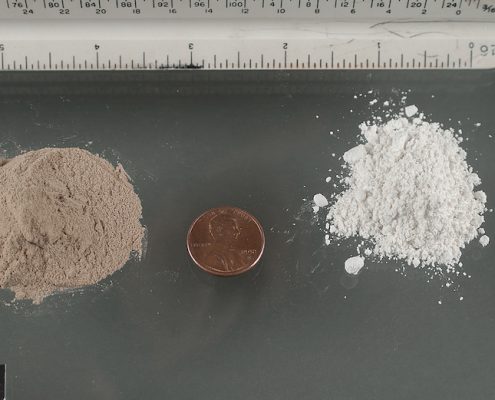
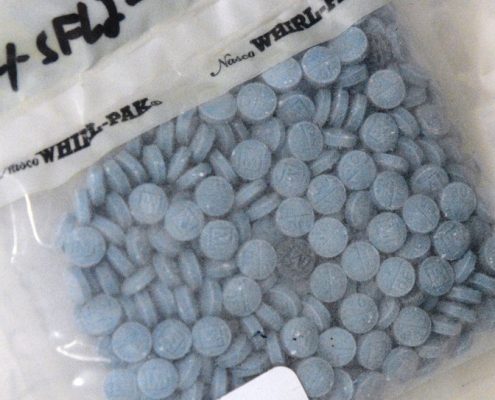
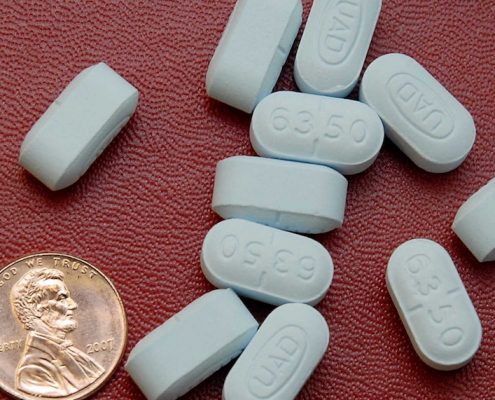
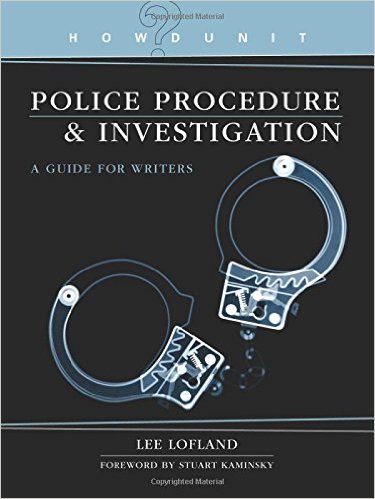
 For those people, there is absolutely no light at the end of a lifelong tunnel. No second chances, no matter what. Many grow weary of always living at the bottom rung of the ladder without a support system of any type, working menial jobs, if they can get a job, that is, and living in crappy apartments because a background check prevented them from renting in a nicer, drug-dealer-free neighborhood. So they re-offend and back to prison they go.
For those people, there is absolutely no light at the end of a lifelong tunnel. No second chances, no matter what. Many grow weary of always living at the bottom rung of the ladder without a support system of any type, working menial jobs, if they can get a job, that is, and living in crappy apartments because a background check prevented them from renting in a nicer, drug-dealer-free neighborhood. So they re-offend and back to prison they go.